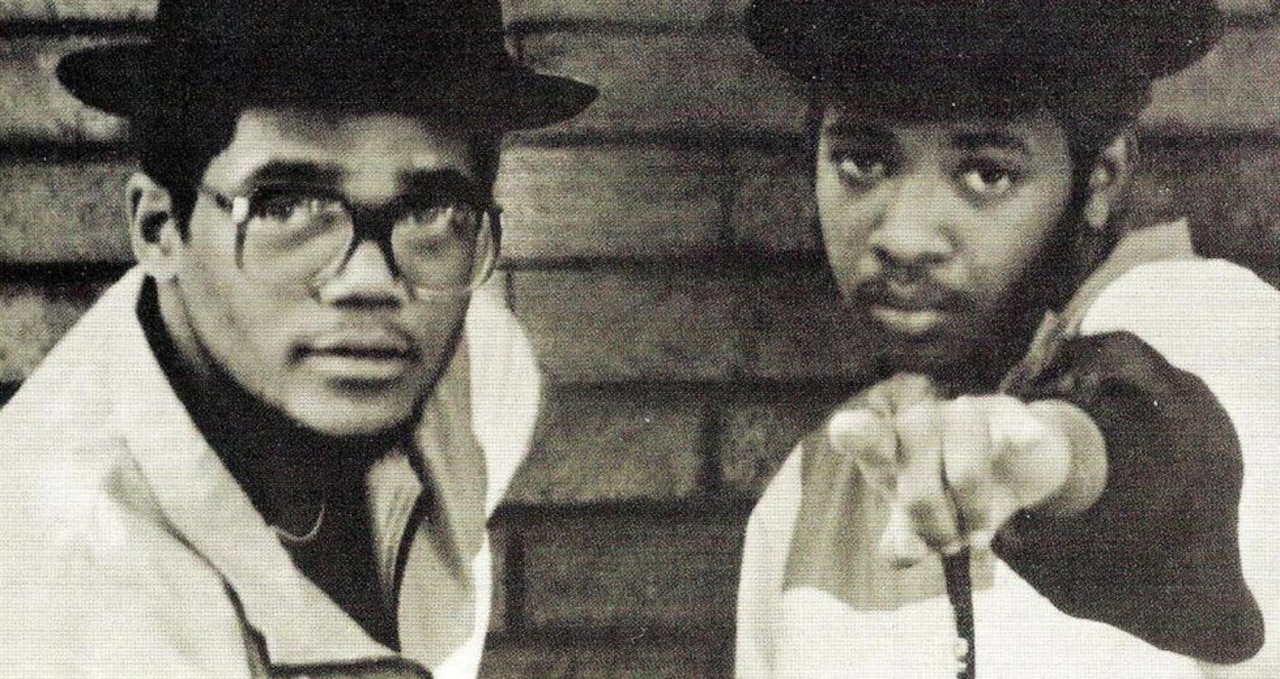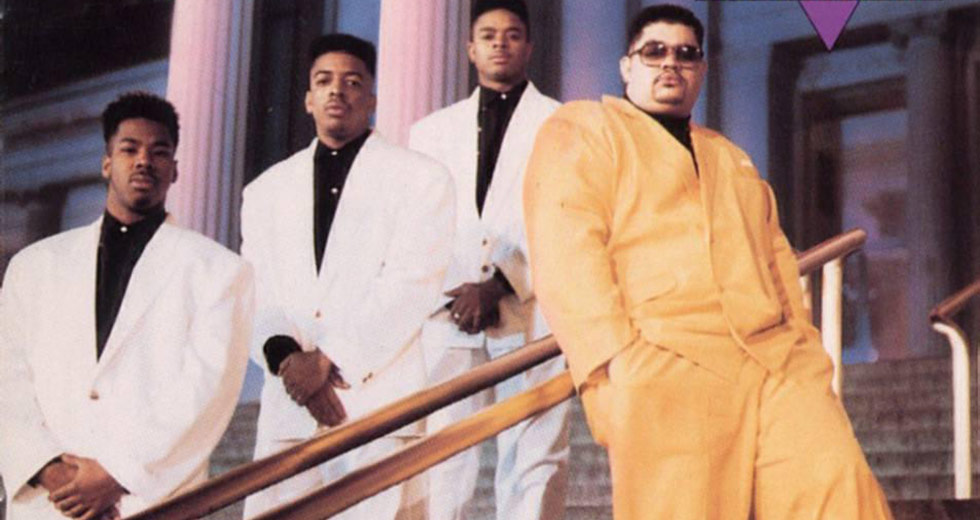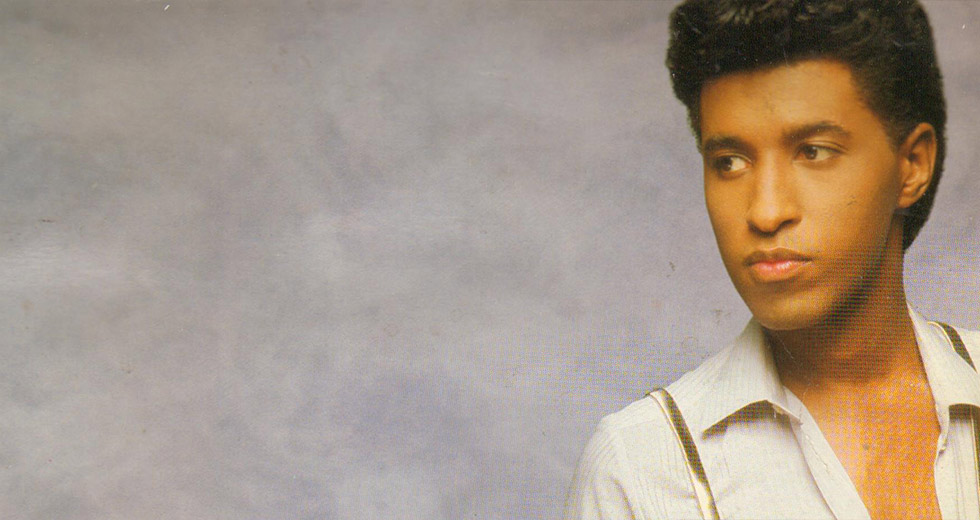Key Tracks: Run–D.M.C’s “Rock Box”
Darryl “D.M.C.” McDaniels recounts the making of the groundbreaking single with Larry Smith.

By the mid-’80s, Darryl “D.M.C.” McDaniels, Joseph “Run” Simmons, and Jason “Jam Master Jay” Mizell – collectively known as Run–D.M.C. – were on the cusp. After spending years working to perfect the art of interpersonal wordplay and skillful delivery, Simmons and McDaniels felt they were ready for an opportunity to showcase their talents on wax. Simmons finally commanded the attention of his older brother, Russell Simmons, to give him a chance to record a song. The elder Simmons relented to his younger brother’s wishes and shortly thereafter, Run–D.M.C. was born.
The group started to work alongside legendary hip hop architect Larry Smith to craft a trailblazing mixture of rock and hip hop. On March 27, 1984, Run–D.M.C. was released by Profile Records, and it became the first in a string of highly successful albums for the trio throughout the rest of the decade. The album would spawn four hit singles: “It’s Like That,” “Hard Times,” “Sucker M.C.’s” and the iconic “Rock Box.” For the album’s 30th anniversary and in the wake of producer Larry Smith’s recent passing, we spoke with Darryl McDaniels about “Rock Box” and its construction.
Since this was the group’s debut album, did you and Run have an idea about how you wanted the music to sound or was Larry Smith integral in that process?
The sound was all Larry. We had an idea on how we wanted the records to be. We didn’t want to do what the Sugar Hill Gang was doing or take a typical hot R&B record and rap over it. We didn’t want to take anything that was familiar to regular black radio and make a record over it. Run and I wanted to do beat jams; we wanted to rhyme over the break beats that the DJs like Grandmaster Flash, Grand Wizzard Theodore, Charlie Chase, and Tony Tone were dropping on those cassette tapes before records were made. We wanted to make our records like hip hop show tapes.
The sound that Larry produced was his sound, but the arrangements and delivery were all us. We basically did park jams on records. If you listen to “It’s Like That,” it was basically a “Planet Rock” flow over a beat. Even though “It’s Like That” had a bassline, we felt like we needed to make records like Kraftwerk’s “Numbers.” Our whole thing was we wanted to make beat jams, and Larry and Russell were clever enough to turn our beat records into songs that would fit a radio format. We made “It’s Like That,” “Sucker M.C.’s,” and then we made “Hard Times” with Jam Master Jay. Then, Russell told us we were going to make an album. The only problem with making an album was that motherfuckers didn’t want to listen to hip hop singles.
When we did “Rock Box,” I wanted to do Billy Squier’s “The Big Beat” over. So, Larry pulled out the DMX drum machine and he said, “D, play the beat.”
At the time, everyone was saying to Russell, “Hip hop music is a fad. It’s not going to be here in five years. What makes you think people are going to buy an album?” So, when Russell came to us with this idea of making an album, Joe said, “OK. We have to make sure we make dope beat jams.” The album was basically the first four singles with a bunch of new songs. When we did “Rock Box,” I wanted to do Billy Squier’s “The Big Beat” over. So, Larry pulled out the DMX drum machine and he said, “D, play the beat.” I made my beat, because I didn’t want to bite a sample, so I made it sound different. I laid the beat down and Run and I dropped our whole rhyme routine over it, and we left the studio. When we came back, it had the bells, guitar, and bassline on it, and Larry turned it into “Rock Box” the phenomenon.
Can you discuss your collaboration process with Run and Jam Master Jay?
Sometimes, I would have rhymes that Larry would have to create a beat for, or we would hear the beat and we would write the rhymes for the song. It was that easy. I had books of rhymes, and I would come into the studio, and Russell asked, “Yo, D. Let me see your rhyme books.” He would go through my rhyme books and he would tell me, “Say that one, that one, and that one.” Then, he would say, “Joey, go in there and do an eight bar intro, and Larry, you make the music.” It was that easy. When I walked in the studio and heard “Rock Box” after we laid down our rhyme, Joe was like, “D, just go in there and fucking rhyme.” I’d pull out my rhyme book and just rhyme. Larry would edit the record and put it together and make a song.

It was like having a pot of boiling water and all four of us putting something into the pot, and whatever came out, we hoped it would be good.
How long did it take for you guys to be in a studio session and finish a song?
We could do five songs in a day. Most of the time, we were able to finish two or three songs each day. The album was recorded in a week. The first two albums were done at Greene Street Recording Studios. Roddie Hui and Larry Smith would spend time editing, mixing, and cutting the tape. We have Pro Tools now, but back in those days, you literally had to cut the tape and put the pieces of tape together to edit the record, so that’s what took forever. Recording an album was so easy, because we had the rhymes already. We just needed music to put them on.
And this is where Larry Smith enters into the equation.
Yes, most definitely. See, Jay never went to recording school. When Joe and I would leave, Jay would stay with Larry and spend those countless hours with him. Jay would ask him, “What is that button for? What are you doing right there? What is that knob for? How did you do that?” That is how Jay learned. Jay was a DJ, and he was interested in learning more. Joe and I didn’t care about that. Jam Master Jay was a student of Larry Smith. If Larry stayed in the studio for 500 hours last week, Jay was in the studio for 500 hours last week and when we were on the road and did our shows, he would go back to the studio with Larry when we came back home. [laughs]
Can you describe the chemistry that the four of you had during the making of the album?
The real chemistry wasn’t solidified until Raising Hell. That’s why Raising Hell was so perfect. But originally, it was just Joe doing what he did and me doing what I did, and Larry doing what he did and putting it altogether. Stuff we did live on stage would become parts on the record, too. It was like having a pot of boiling water and all four of us putting something into the pot, and whatever came out, we hoped it would be good. [laughs] Fortunately, it came out good. The advantage was, even though “Sucker M.C.’s” was just us rhyming, we had structure because Larry was a great musician.
If you listen to “Rock Box,” I could rhyme the whole record, but Larry would instruct us by saying, “OK, so right there, Jay, you have to pause right there and let the record breathe.” See, Larry gave us the musical structure. “Rock Box” would’ve been like Spoonie Gee’s “Love Rap” or Jimmy Spicer’s “Adventure of Super Rhymes.” They would just rhyme. The “Rock Box” scheme was I rhymed all the way to the end of the record, but the part in the song where it breaks down to the bells, Larry would cut the tape to edit it, so that even though there was no chorus, Larry would tell us to make sure we let the record breathe. To fit the song structure for radio, you have to let the record breath. On the old Mr. Magic show, The Awesome Two show, The Supreme Team show, or Eddie Cheeba’s show, you could play the whole giant 45 for long stretches of time, but when we started getting played on KISS,WBLS, and KTU, we had to let the record breath for the radio audience. This is where Larry’s expertise as a technical musician in arranging songs came into play.
The live guitar on “Rock Box” was played by Eddie Martinez from Quiet Riot. All instrumentation was real except for the drums.
What were some of the instruments used to create the overall sonic template for the songs?
The main instrument was the DMX drum machine. We used a real bass, real guitars, real tambourines and cowbells, and keyboards. The funny thing is, whatever was in the room after we laid down vocals to a beat, we would use. If there was a keyboard, cowbell, or something else in the studio, we would see what could do and put it on the record. For a band, it’s different. You have the bass player, the guitar player, and the drums are mic up. Our process was we would make the beat with the drum machine and we would look around the studio and we would use the synthesizer and anything else that was there. It’s just funny to look back on that now. We experimented with different things. The only thing that wasn’t real on our records was the drum machine. Larry would play a live bass or guitar. The live guitar on “Rock Box” was played by Eddie Martinez from Quiet Riot. All instrumentation was real except for the drums.
The album is a seminal recording in the history of hip hop. As you look back 30 years later, how do you feel about the impact it made not only on innumerable hip hop artists, but popular culture as a whole?
Well, a lot of people have forgotten about this record. Many people only look back to Raising Hell and our song “Walk This Way,” but it’s people like Travis Barker, who says it’s not “Walk This Way” Run–D.M.C., but when he heard “Rock Box,” his life was changed. If you ask all the metal heads and punk rock heads, they’ve told me the same thing. A lot of people jumped on the bandwagon with “Walk This Way” and Rick Rubin. If you talk to Jermaine Dupri, DJ Premier, Pete Rock, and Jazzy Jeff, they all say it was “Rock Box” and Larry Smith.

